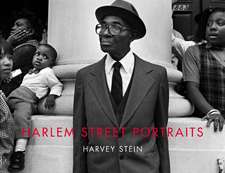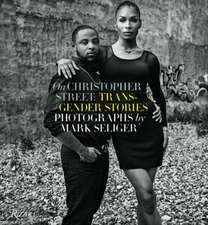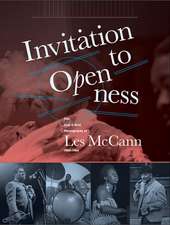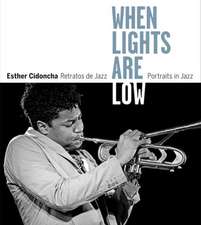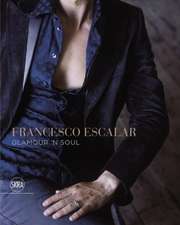Images of Sex Work in Early Twentieth-Century America: Gender, Sexuality and Race in the Storyville Portraits
Autor Mollie LeVequeen Limba Engleză Hardback – 20 mar 2019
| Toate formatele și edițiile | Preț | Express |
|---|---|---|
| Paperback (1) | 189.80 lei 6-8 săpt. | |
| Bloomsbury Publishing – 18 oct 2023 | 189.80 lei 6-8 săpt. | |
| Hardback (1) | 567.99 lei 3-5 săpt. | |
| Bloomsbury Publishing – 20 mar 2019 | 567.99 lei 3-5 săpt. |
Preț: 567.99 lei
Preț vechi: 815.48 lei
-30% Nou
Puncte Express: 852
Preț estimativ în valută:
108.68€ • 113.48$ • 89.75£
108.68€ • 113.48$ • 89.75£
Carte disponibilă
Livrare economică 25 martie-08 aprilie
Preluare comenzi: 021 569.72.76
Specificații
ISBN-13: 9781788311786
ISBN-10: 1788311787
Pagini: 224
Dimensiuni: 140 x 216 x 16 mm
Greutate: 0.45 kg
Editura: Bloomsbury Publishing
Colecția Bloomsbury Visual Arts
Locul publicării:New York, United States
ISBN-10: 1788311787
Pagini: 224
Dimensiuni: 140 x 216 x 16 mm
Greutate: 0.45 kg
Editura: Bloomsbury Publishing
Colecția Bloomsbury Visual Arts
Locul publicării:New York, United States
Notă biografică
Mollie Le Veque received her PhD from the University of East Anglia, UK. Her research interests are the interplay of images, archives and texts, fandom histories, erased urban spaces and the Storyville Portraits.
Cuprins
AcknowledgementsForewordIntroductionChapter 1: (Self-)Representing Storyville WomenChapter 2: The 'White Slave' and the Question of AmbiguityChapter 3: A Fog of Violence, Voyeurism, and CrimeChapter 4: The 'Paris-ification' of New Orleanian ViceConclusionNotesBibliographyIndex


